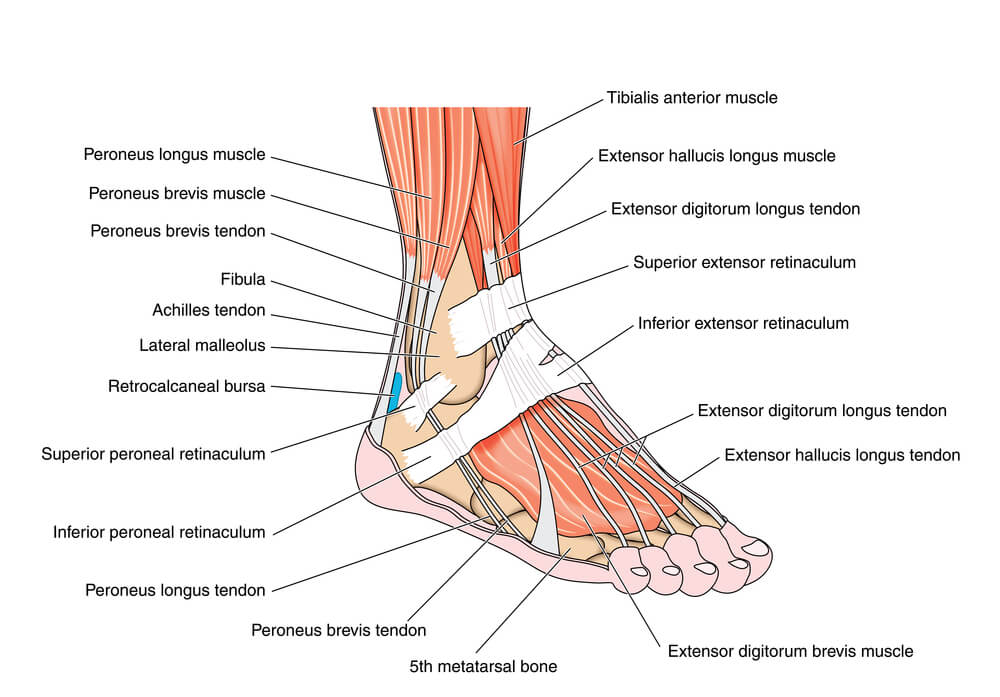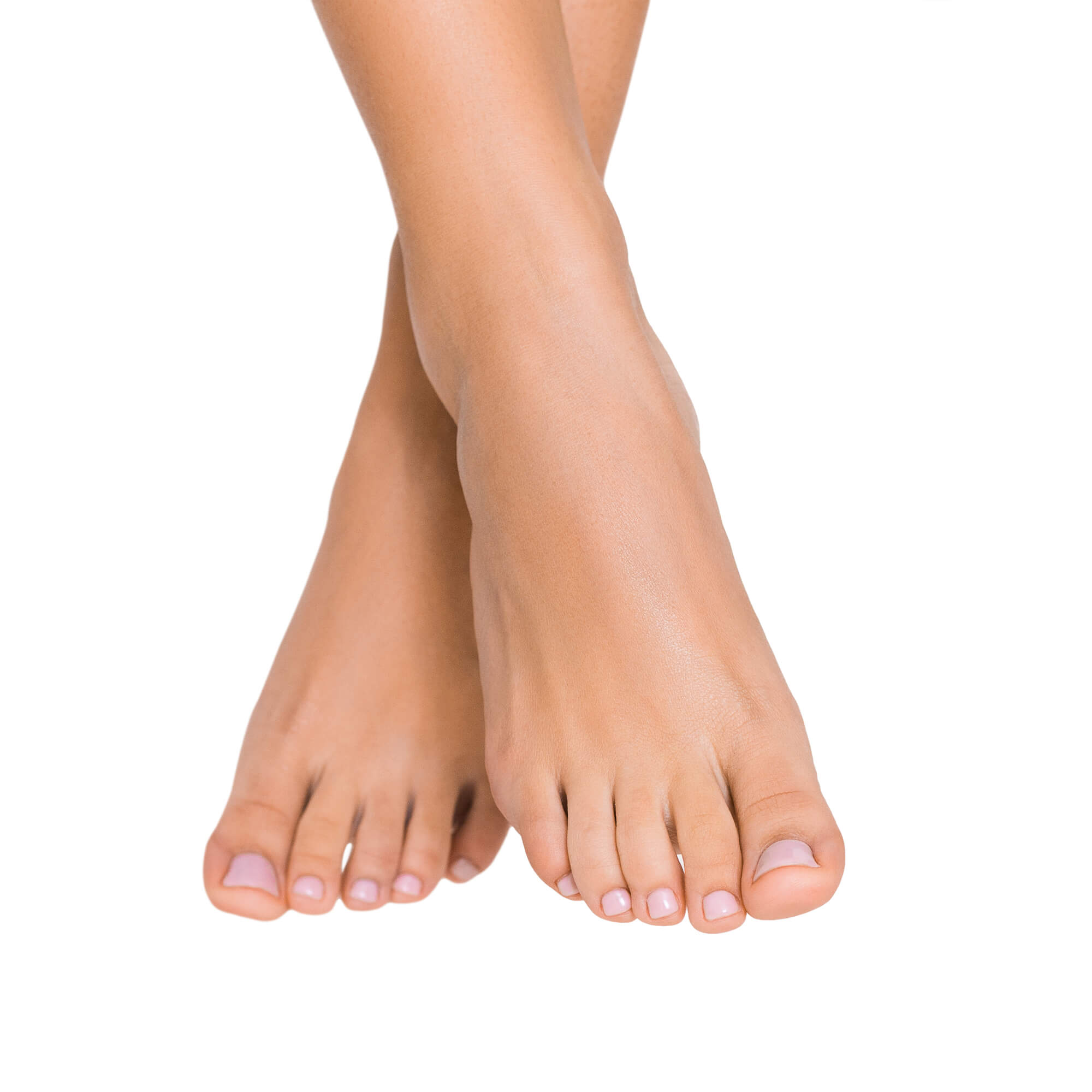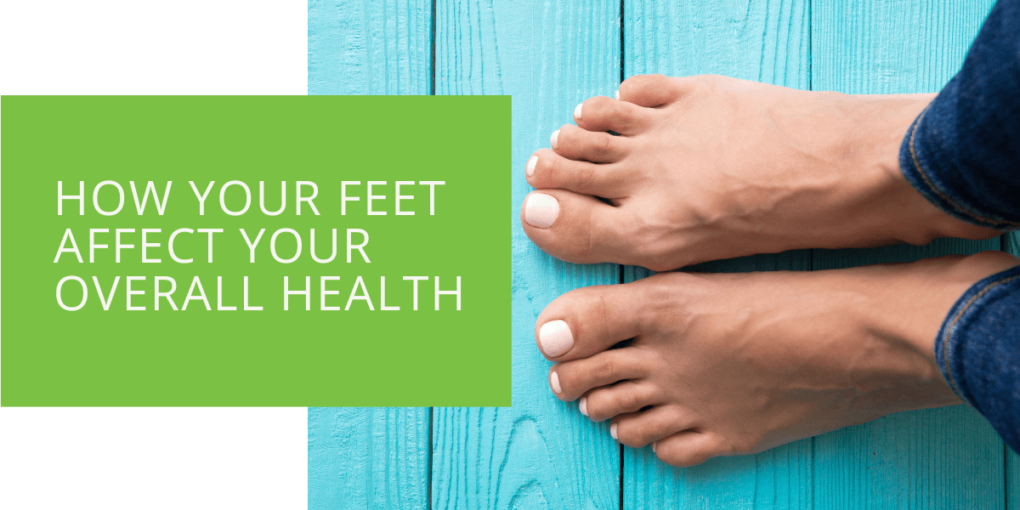How Your Feet Affect Your Overall Health
When it comes to our overall health, it's easy to overlook the importance of our feet. After all, they're just the foundation that supports the rest of our body, right? Not quite. Your feet play a much bigger role in your overall health than you might realize. Your foot health can directly impact the health of the rest of your body. That's why it's important to take care of your feet and address any foot problems as soon as possible.
The Anatomy of the Foot
Bones and Joints
The human foot comprises 26 bones, 33 joints, and more than 100 muscles, tendons, and ligaments. These bones and joints support your body weight and allow you to move around. The bones of the foot include the ankle bones, which form the joint between the foot and the leg, and the metatarsal bones, which form the arch of the foot. The joints of the foot include the ankle joint, which allows for up-and-down movement, and the metatarsophalangeal joints, which allow for side-to-side movement.
Muscles and Tendons
The muscles and tendons of the foot work together to control the movement of the foot and ankle. The muscles of the foot include the flexor muscles, which allow you to bend your foot downward, and the extensor muscles, which allow you to lift your foot upward. The tendons of the foot include the Achilles tendon, which connects the calf muscles to the heel bone, and the plantar fascia, a band of tissue that runs along the bottom of the foot and helps to support the arch.
Nerves and Blood Vessels
The nerves and blood vessels of the foot play an important role in maintaining foot health. The nerves of the foot help to carry sensory information to the brain, while the blood vessels help to bring oxygen and nutrients to the foot and remove waste products.

Common Foot Problems
Plantar Fasciitis
Plantar fasciitis is a common foot problem that occurs when the plantar fascia becomes strained or inflamed. This can cause pain in the heel and arch of the foot, especially when standing or walking. Plantar fasciitis is often caused by overuse, improper footwear, or a foot structure that puts extra strain on the plantar fascia.
Bunions
A bunion is a bony bump that forms on the joint at the base of the big toe. Various factors, including genetics, foot structure, and improper footwear, can cause bunions. They can cause pain, swelling, and difficulty moving the big toe.
Hammertoes
A hammertoe is a deformity of the toe in which the toe is bent downward at the middle joint, forming a hammer-like shape. Hammertoes can be caused by genetics, improper footwear, or conditions such as arthritis. They can cause pain and difficulty moving the affected toe.
Ingrown Toenails
An ingrown toenail is a common foot problem that occurs when the edge of the toenail grows into the skin of the toe. This can cause pain, swelling, and infection. Ingrown toenails are often caused by improper nail trimming, tight footwear, or foot structure.

The Impact of Foot Problems on Overall Health
Pain and Discomfort
Foot problems can cause significant pain and discomfort, making it difficult to walk, stand, or engage in physical activities. This can have a negative impact on your overall health and well-being, as it may limit your ability to exercise and engage in physical activities that are beneficial for your health.
Difficulty with Physical Activities
Foot problems can also make it difficult to participate in physical activities, leading to decreased overall physical fitness and an increased risk of chronic health conditions such as obesity and type 2 diabetes.
Poor Posture and Balance
Foot problems can also affect your posture and balance, as the feet are crucial in maintaining proper body alignment. Poor posture and balance can lead to various health problems, including back pain, neck pain, and muscle strains.

How to Maintain Foot Health
Proper Footwear
One of the most important things you can do to maintain foot health is to wear proper footwear. This means shoes that fit well and provide adequate support for your feet. Avoid shoes that are too tight or loose, and look for shoes with a low heel, good arch support, and a wide toe box.
Foot Exercises and Stretches
Incorporating foot exercises and stretches into your daily routine can help to improve foot strength and flexibility, which can help to prevent foot problems. Some simple foot exercises and stretches include toe curls, heel raises, and calf stretches.
Regular Foot Care and Maintenance
In addition to wearing proper footwear and performing foot exercises and stretches, it's important to practice regular foot care and maintenance. This includes trimming your toenails properly, washing and drying your feet daily, and checking for any cuts, blisters, or other foot problems that may need attention. If you have a foot problem that persists or worsens despite your efforts to care for it, it's important to see a podiatrist.
Conclusion
Your feet play a crucial role in your overall health, and it's important to take care of them to maintain optimal health. This means wearing proper footwear, performing foot exercises and stretches, and practicing regular foot care and maintenance. If you have a foot problem that persists or worsens despite your efforts to care for it, don't hesitate to see a podiatrist. By prioritizing your foot health, you can help to improve your overall health and well-being.

